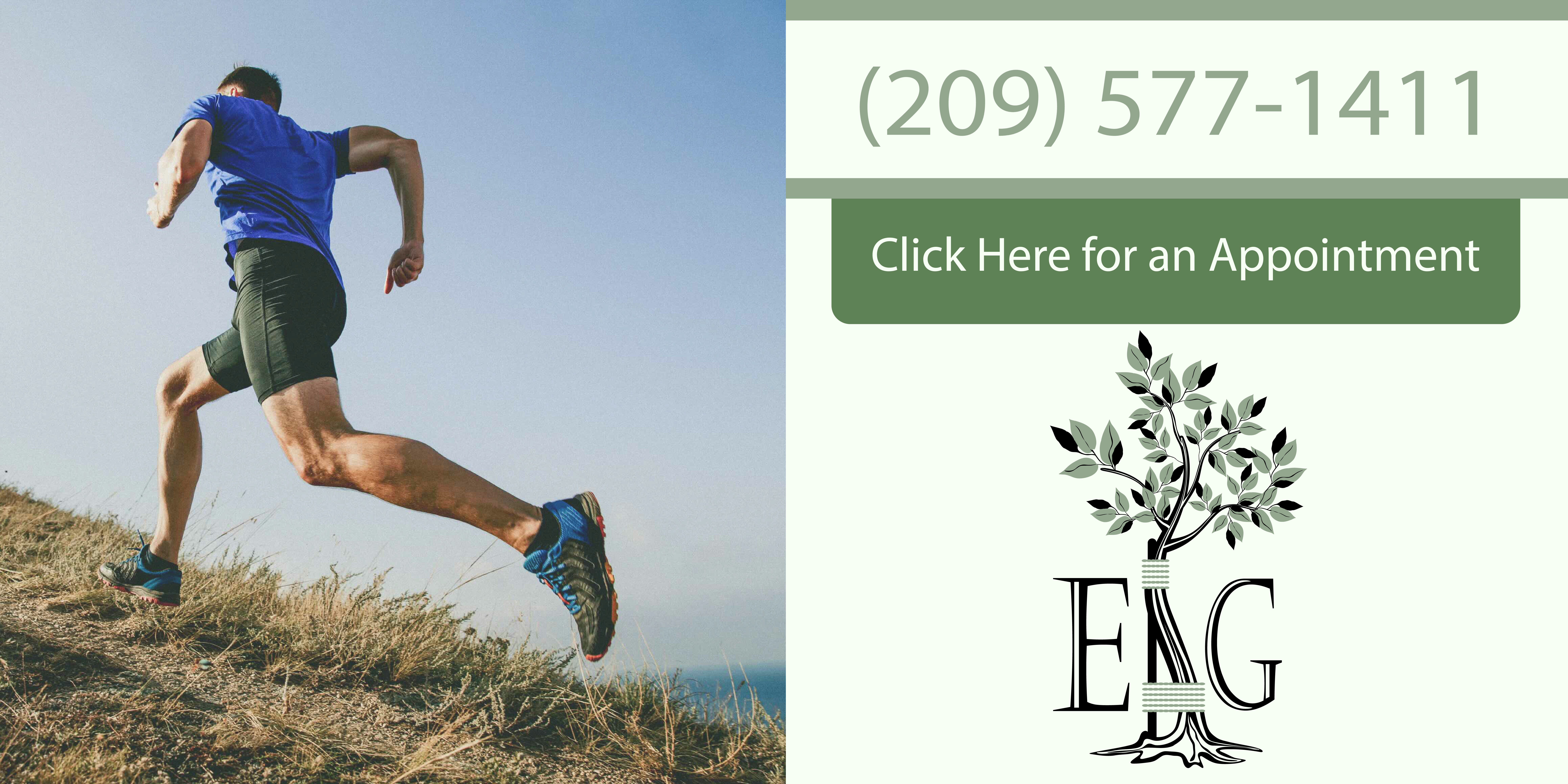Understanding the Complexity of a Labral Tear
A labral tear is a common shoulder injury that can cause pain, discomfort, and limited mobility. This condition affects the labrum, a type of cartilage found in the shoulder joint, playing a crucial role in stabilizing the shoulder and facilitating a wide range of movements.
The Anatomy of the Shoulder and the Labrum
The shoulder is one of the most complex joints in the human body, comprising bones, muscles, tendons, and cartilage. The labrum, specifically, is a ring of cartilage that surrounds the shoulder socket (glenoid) and helps keep the ball of the upper arm bone (humerus) in place.
Causes of a Labral Tear
Labral tears can occur from various causes, ranging from acute injuries to gradual wear and tear.
Common causes include:
- Repetitive overhead motions, often seen in athletes like baseball pitchers or swimmers.
- Traumatic injuries, such as a fall onto an outstretched arm.
- Age-related degeneration, as the labrum can wear down over time.
- Lifting heavy objects improperly.
Symptoms of a Labral Tear
Recognizing a tear can be challenging, as symptoms often overlap with other shoulder issues.
Key indicators include:
- Persistent shoulder pain, especially with overhead activities.
- A sensation of catching, locking, or grinding in the shoulder.
- Decreased range of motion and strength.
- Feelings of instability in the shoulder.
Diagnosing a Labral Tear
Diagnosis often involves a physical examination, during which a doctor will assess the shoulder’s range of motion, strength, and stability. Imaging tests such as MRI scans can provide a clearer picture of the labrum’s condition.
Treatment Options
Treatment for a labral tear depends on the severity and the individual’s lifestyle.
Options include:
- Physical therapy: To strengthen shoulder muscles and improve flexibility.
- Medications: Pain relievers and anti-inflammatory drugs.
- Rest and activity modification: Avoiding activities that exacerbate the symptoms.
- Surgery: In severe cases, arthroscopic surgery may be necessary to repair the torn labrum.
Recovery and Rehabilitation
Recovery varies depending on the treatment approach. Physical therapy is an integral part of rehabilitation, focusing on gradually restoring shoulder function and strength. Post-surgery, recovery might take several months, with a structured rehabilitation program.
Preventing Labral Tears
Preventive measures can reduce the risk of a labral tear:
- Proper warm-up and stretching before engaging in sports or heavy lifting.
- Using correct techniques in sports and at work.
- Strengthening shoulder muscles to support the joint.
- Listening to your body and avoiding overuse of the shoulder.
Conclusion
A labral tear is a significant injury that requires proper attention and care. Understanding its causes, symptoms, and treatment options is vital for effective management and recovery.
If you suspect a labral tear, consult a healthcare professional for an accurate diagnosis and appropriate treatment plan. Remember, early intervention can make a significant difference in your recovery journey.






